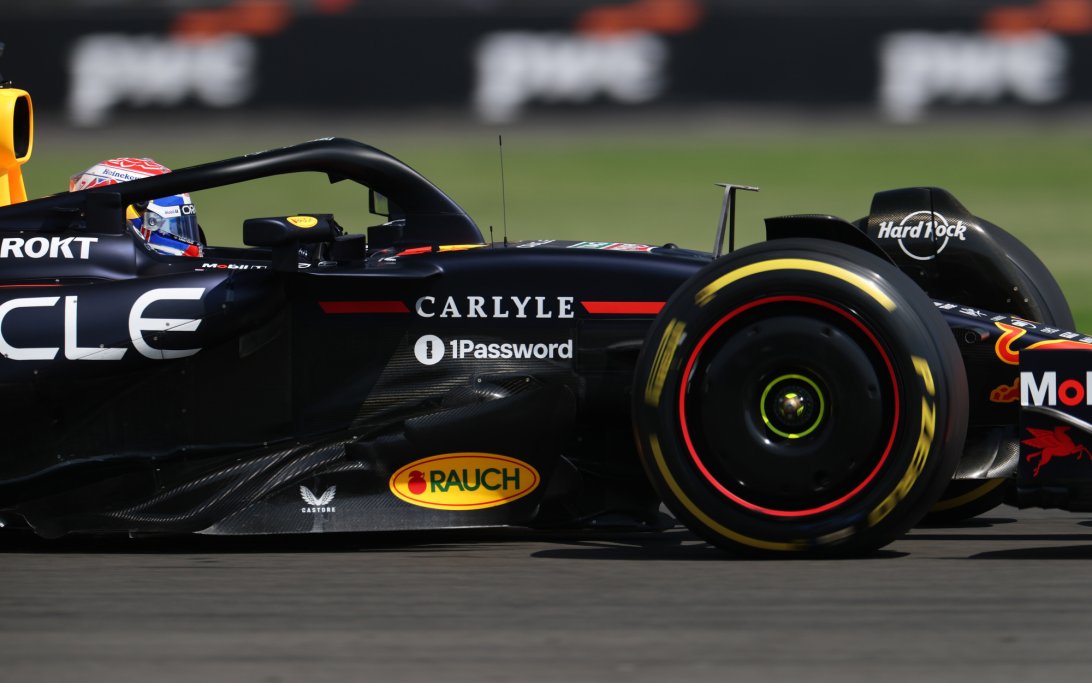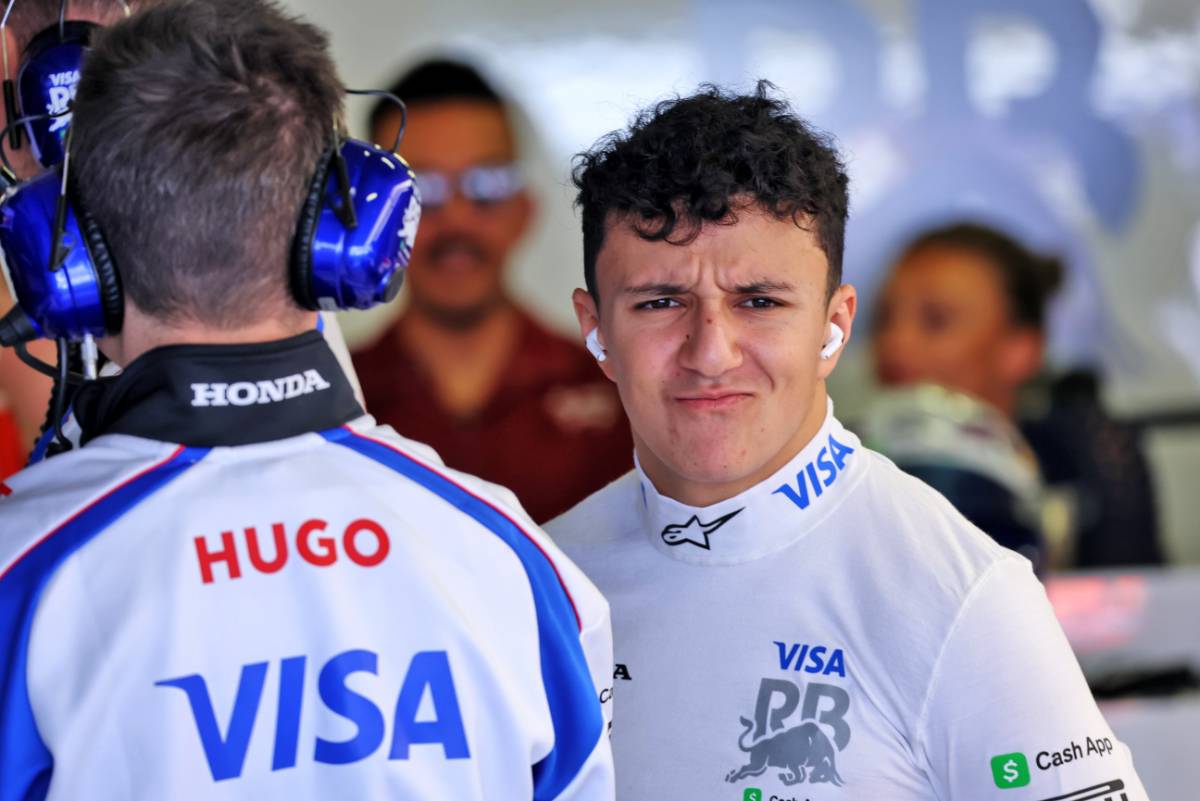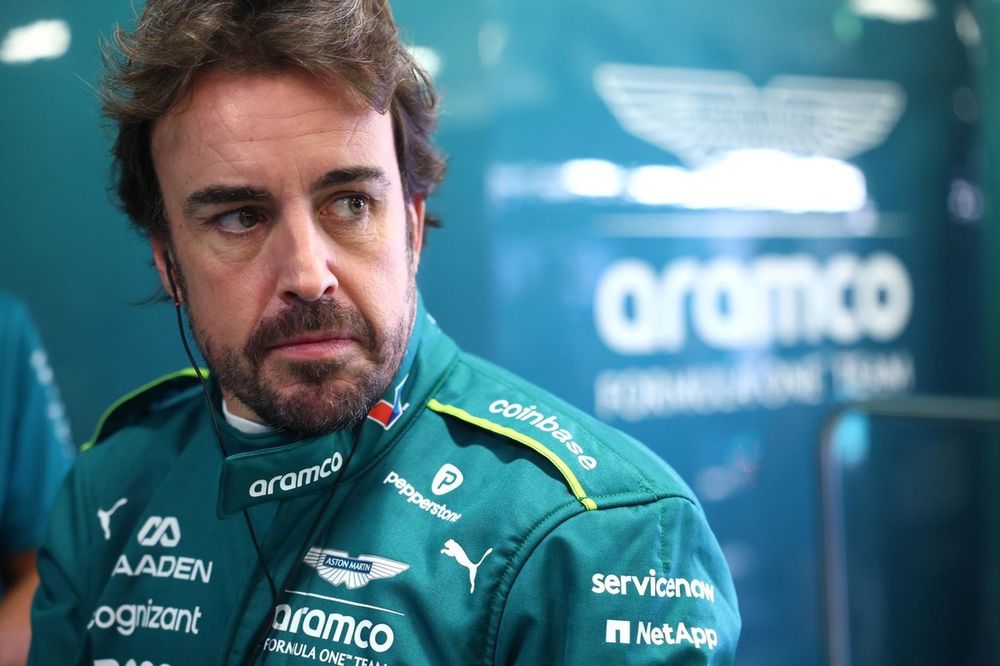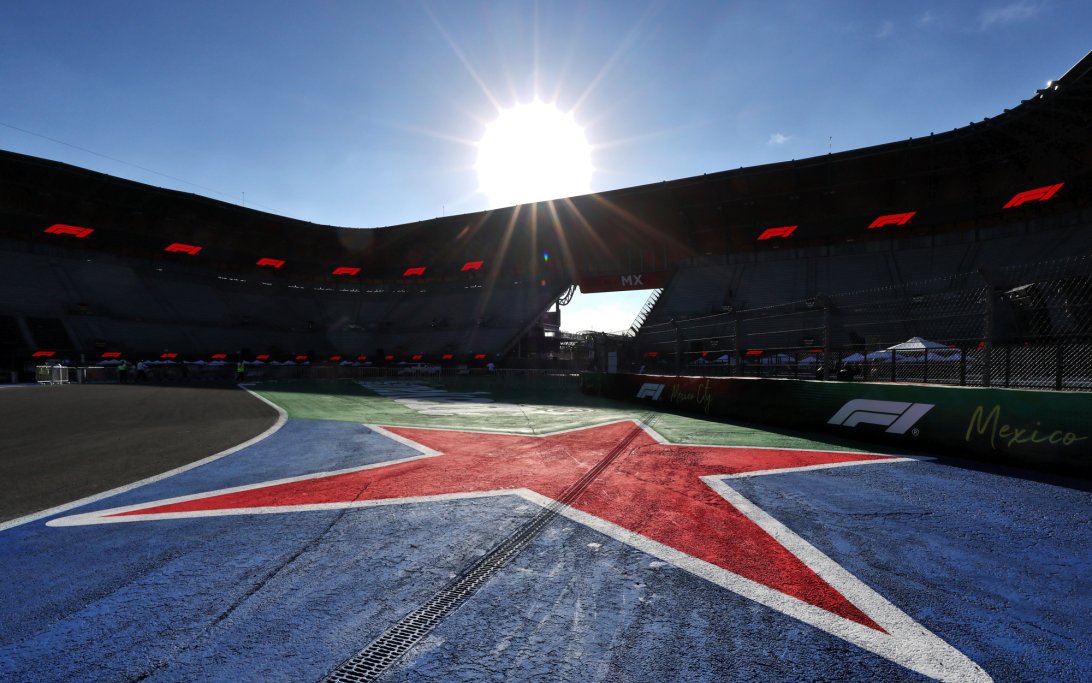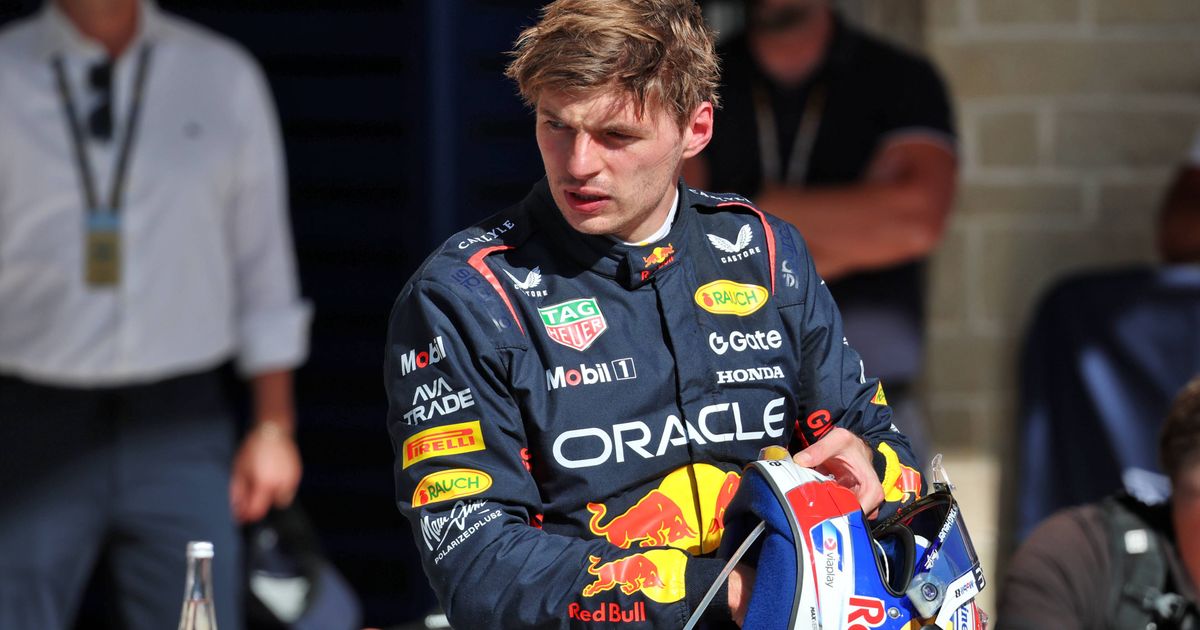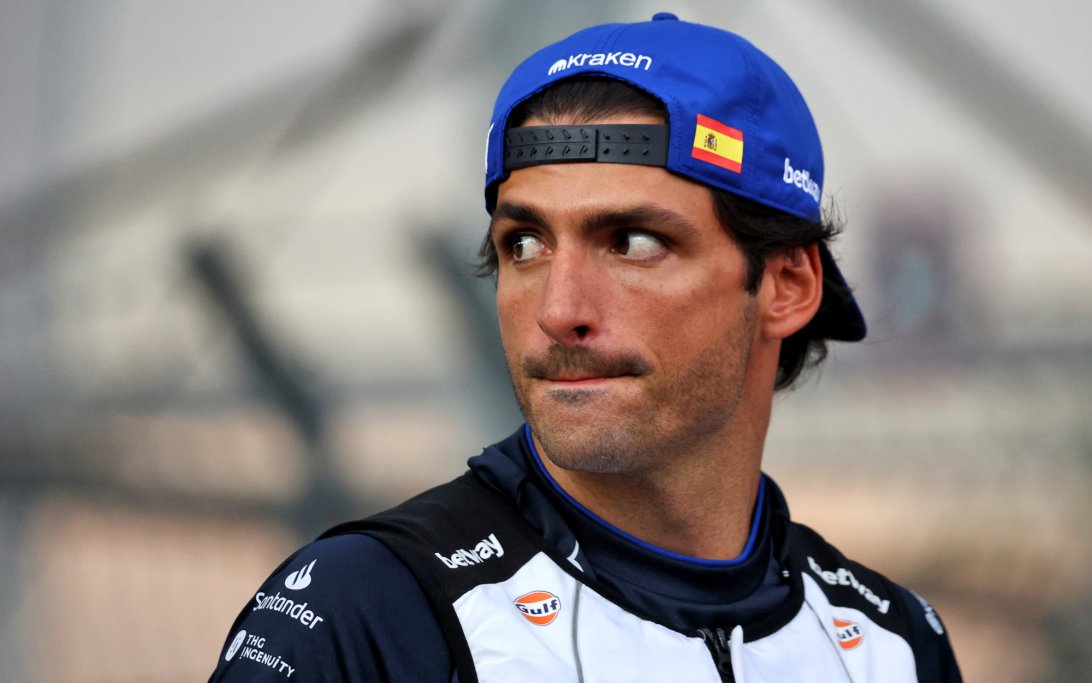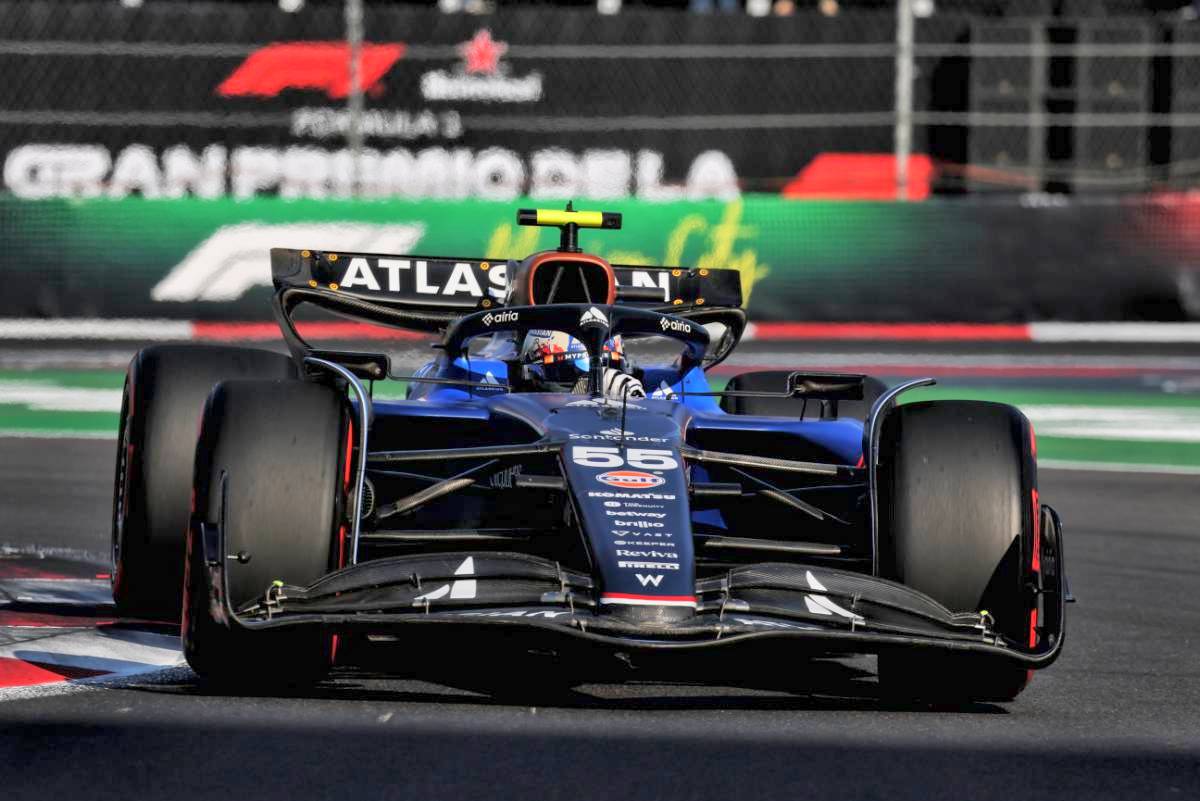
What's Behind Red Bull and Max Verstappen's Mexico GP Struggles?
Red Bull and Max Verstappen faced an unexpectedly challenging Mexico GP weekend, a stark contrast to their dominant run since the F1 summer break. Verstappen, after topping Friday's practice, admitted his long-run pace was insufficient, and a day later, found himself in a disappointing fifth for qualifying, declaring "nothing worked" with the RB21. This struggle, despite his five previous wins in Mexico, highlights a complex interplay of cooling issues, tire overheating, and an 'extreme' ride height setup.
Why it matters:
- Red Bull's sudden dip in form at a traditionally strong circuit for Verstappen raises questions about their car's adaptability to specific conditions and could impact their championship campaign.
- Understanding these struggles provides insight into the nuanced technical challenges of Formula 1, where small setup choices and environmental factors can profoundly affect performance.
- It also sheds light on the evolving competitive landscape, with teams like McLaren potentially capitalizing on superior engineering in specific areas.
The Details:
- Cooling Compromises: McLaren Team Principal Andrea Stella theorized that Red Bull's cooling system design required greater aerodynamic compromises in Mexico's high-altitude, thin air. Larger cooling openings on the RB21 visibly indicate this, potentially sacrificing aerodynamic efficiency.
- McLaren, conversely, seems to benefit from prior investments in their cooling system, allowing them to run with fewer bodywork openings and maintain better aerodynamic performance.
- Tire Overheating: Verstappen identified tire overheating as a significant issue, exacerbated by the high altitude. The car's tendency to slide causes rapid temperature spikes, leading to a vicious cycle of grip loss and further overheating, even over a single flying lap.
- This problem isn't new for Red Bull but is particularly punishing in Mexico, where high-downforce settings still yield less actual downforce, making mechanical grip and tire management critical.
- Extreme Ride Height: Red Bull advisor Helmut Marko admitted the team might have pushed "a bit too extreme" with their ride height setup. This led to the car bottoming out, especially in Turn 9, compromising stability and driver confidence.
- While crucial for ground effect cars, an overly aggressive ride height can lead to excessive plank wear (risking disqualification) and poor ride quality, as Verstappen experienced.
Looking Ahead:
Despite the qualifying difficulties, Marko believes the ride height issue will be less impactful during the race due to higher car weight and slower cornering speeds. He still sees a podium as possible, though Verstappen remains less optimistic, stating the car "won't work on Sunday either."
- The Mexico GP struggles could have implications for Verstappen's bid for a fifth consecutive world title, as he emphasized the need for perfection in the remaining races.
- The team will need to thoroughly analyze these factors to prevent similar issues at future high-altitude or tire-sensitive venues and maintain their championship momentum.
Original Article :https://www.motorsport.com/f1/news/Whats-behind-Red-Bull-Mexico-struggles-Max-Ve...


